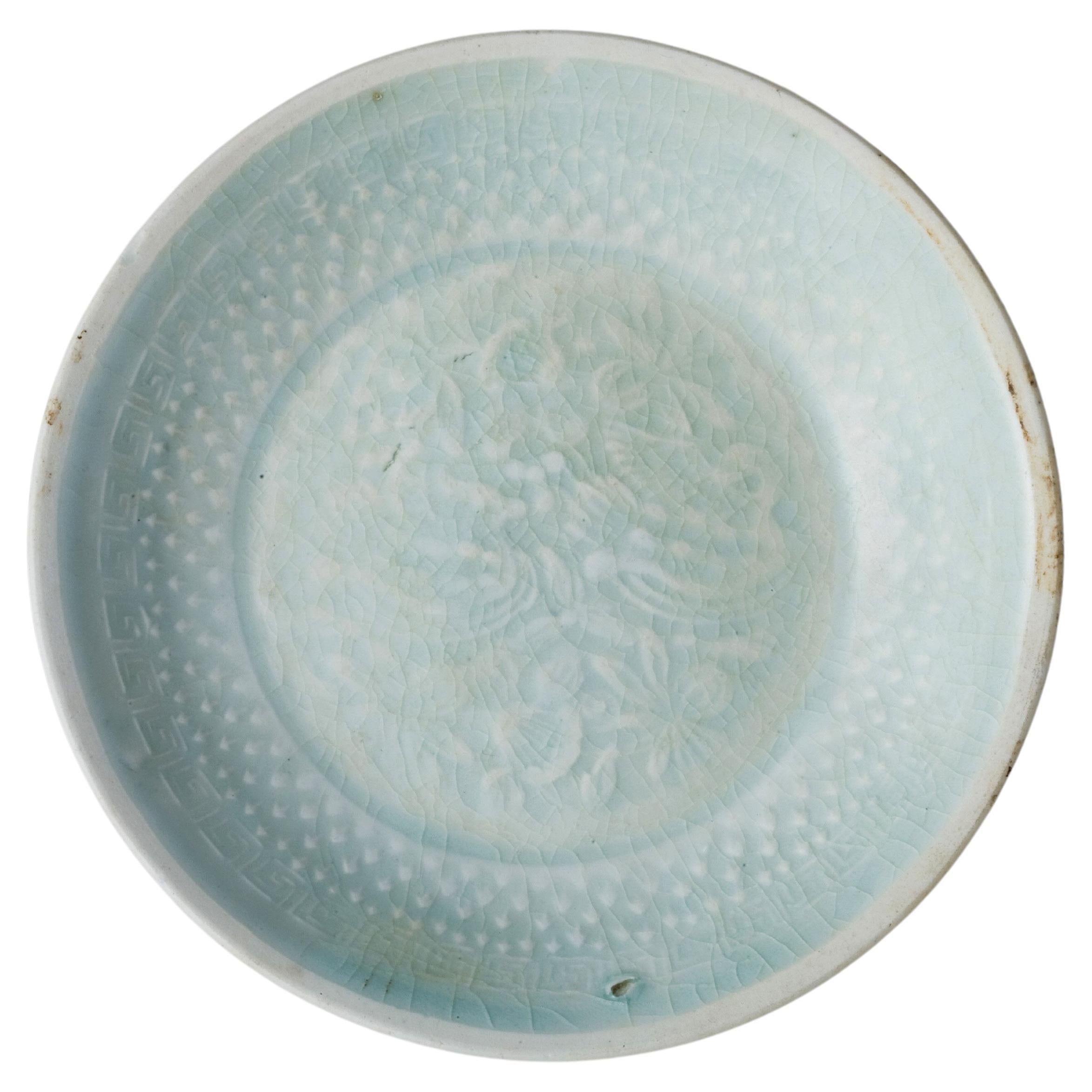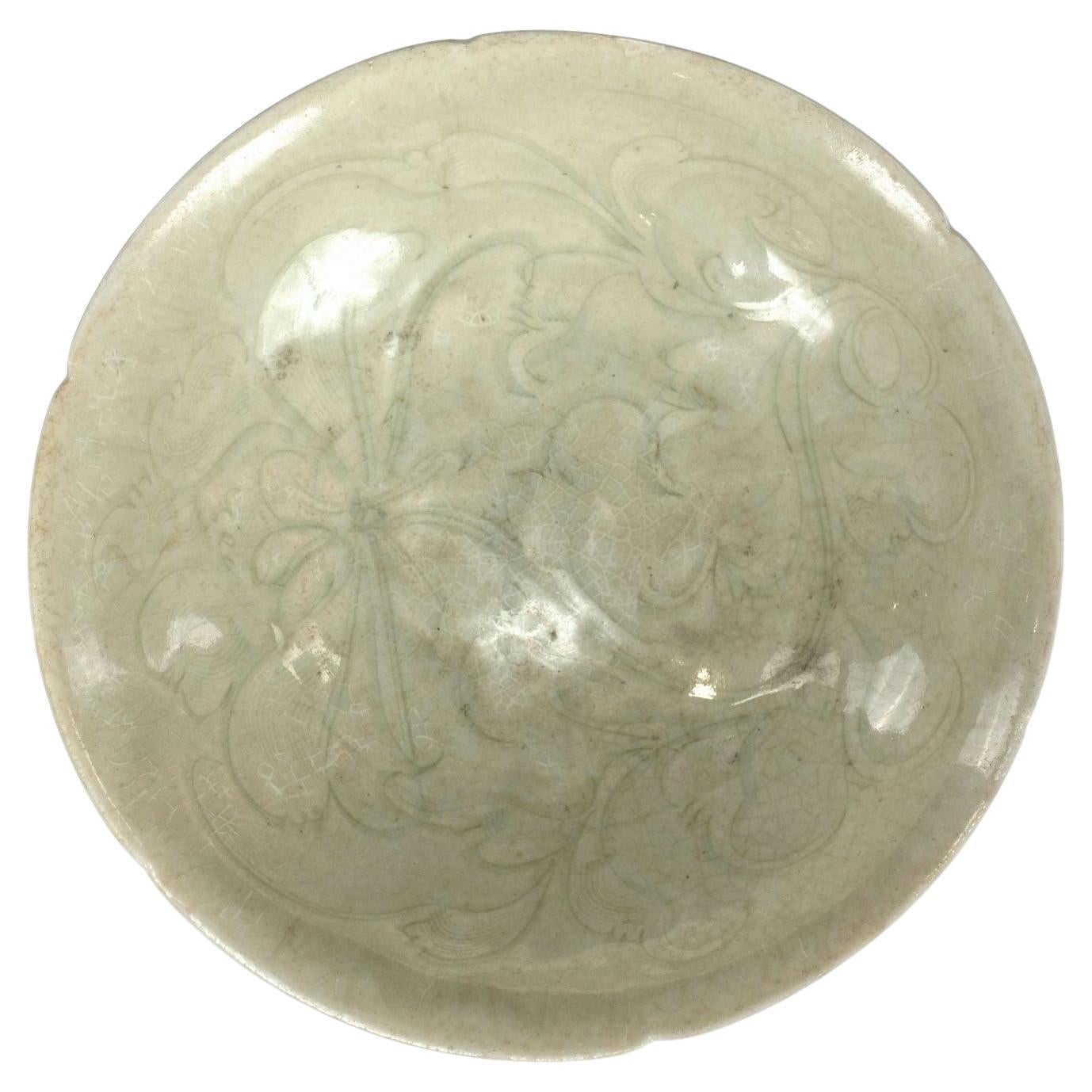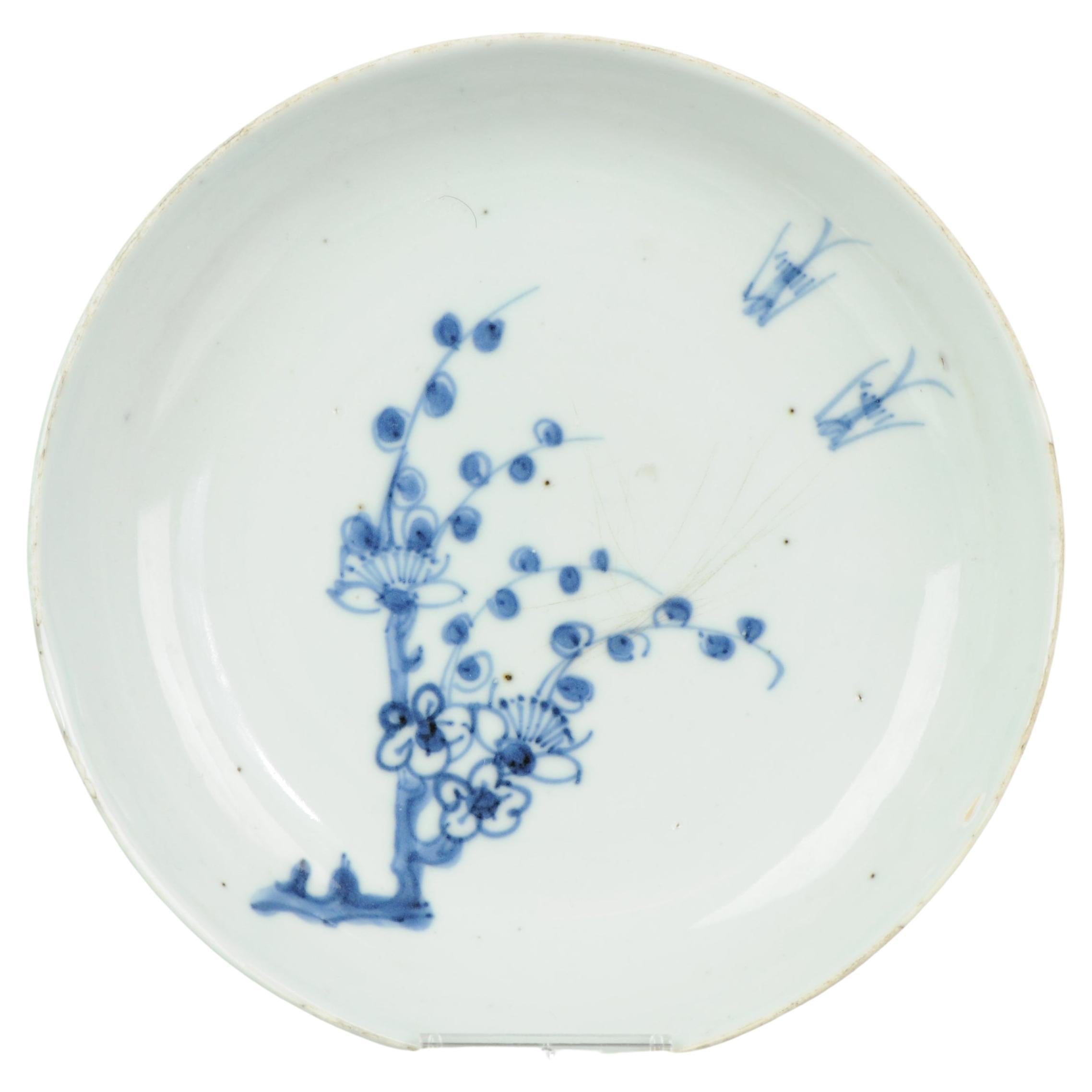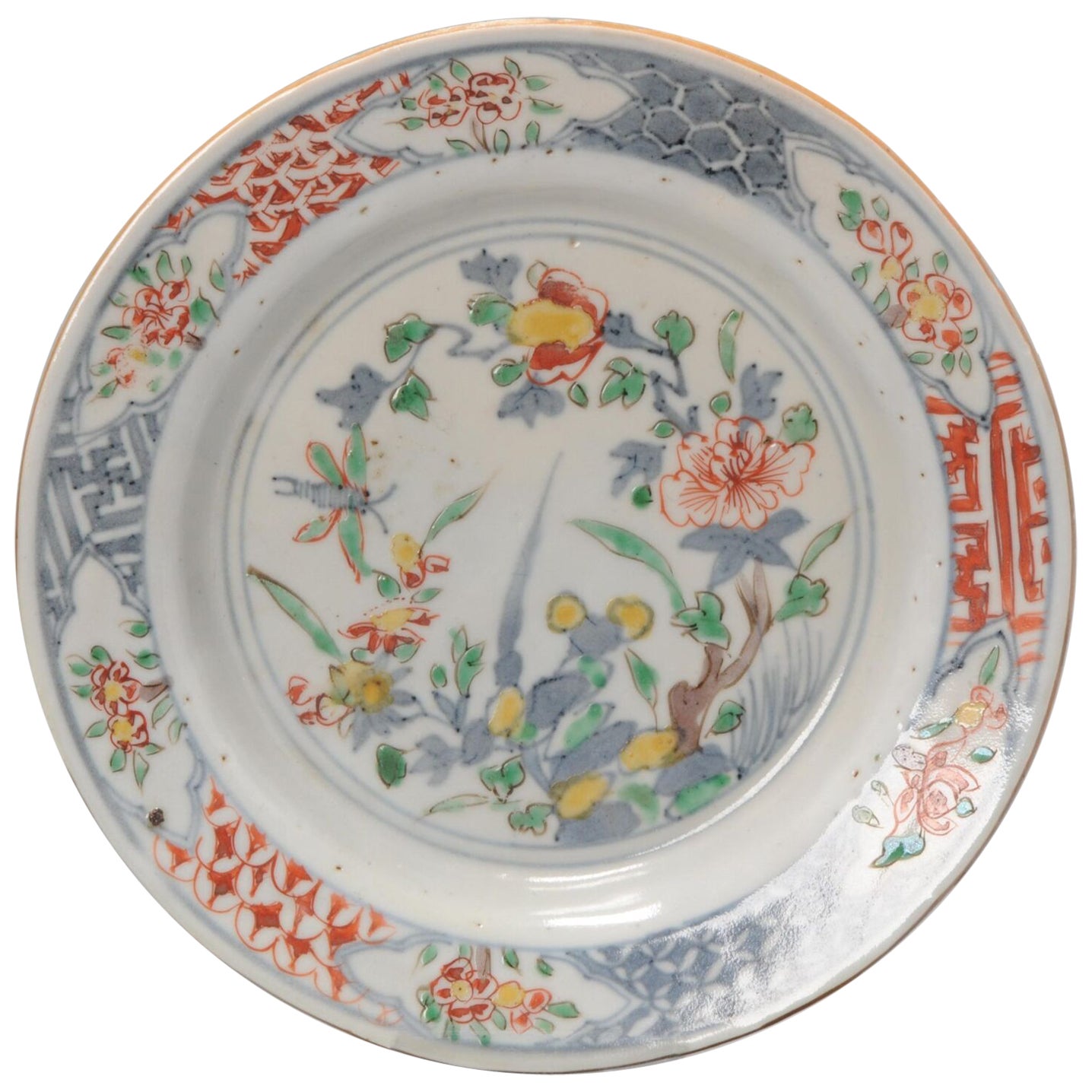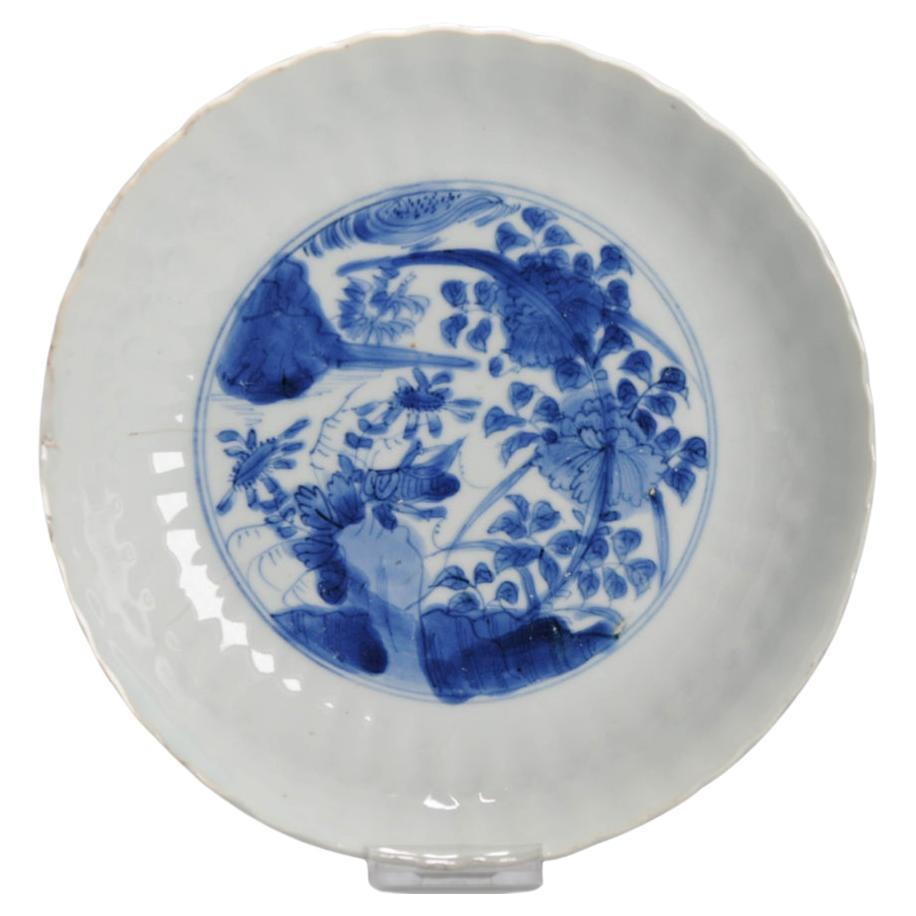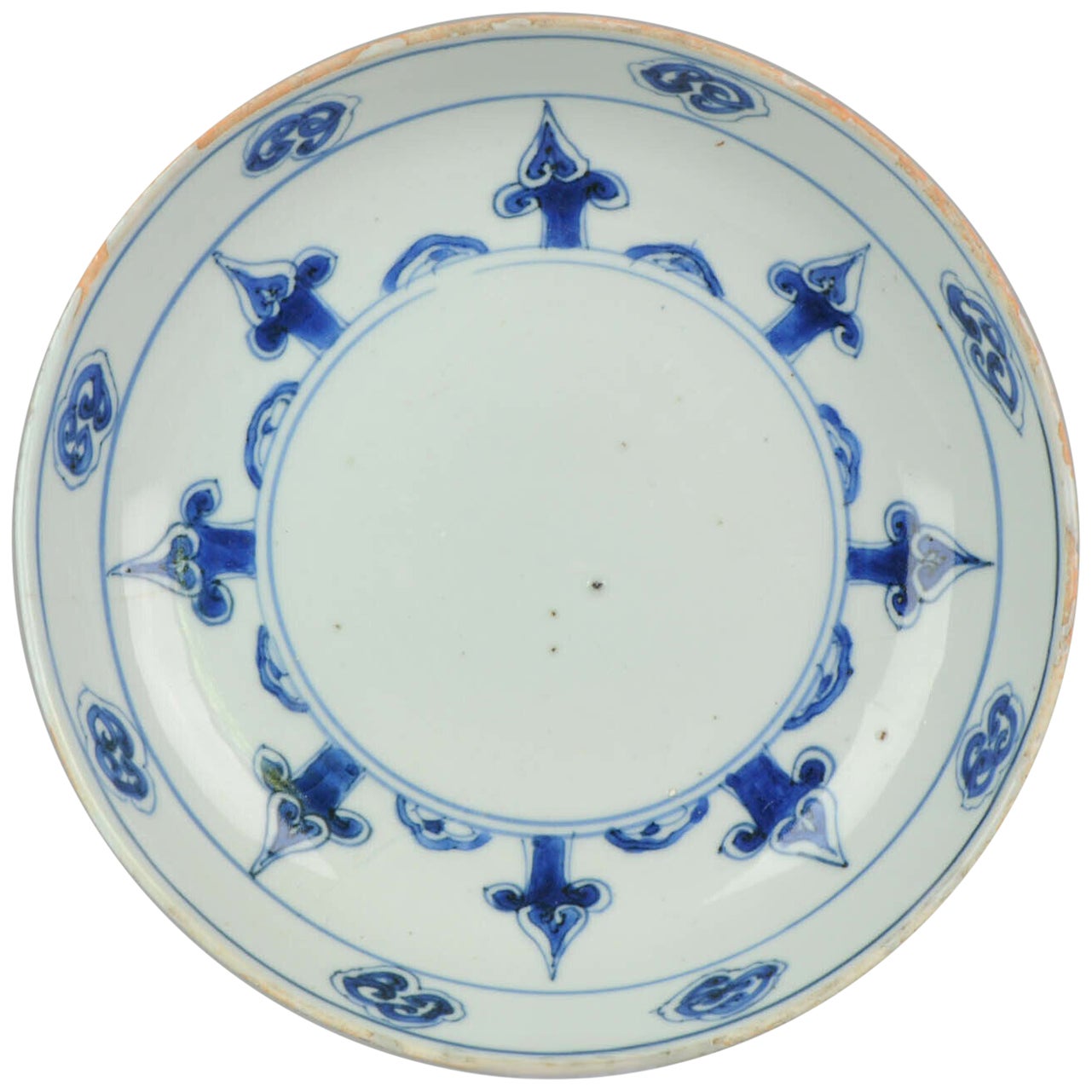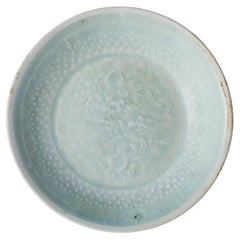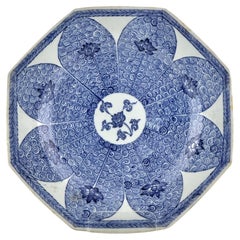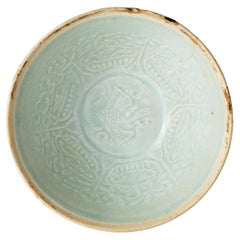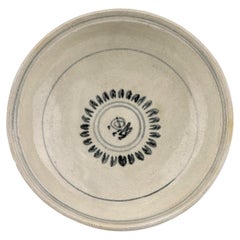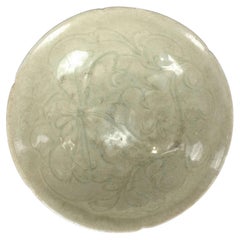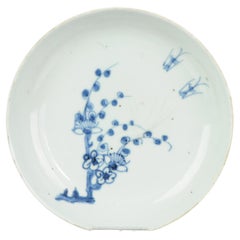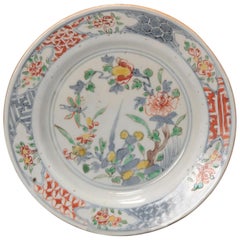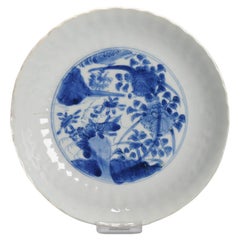Items Similar to Qingbai Floriform Dish, Song-Yuan Dynasty
Want more images or videos?
Request additional images or videos from the seller
1 of 12
Qingbai Floriform Dish, Song-Yuan Dynasty
$2,686.50
$5,97055% Off
£2,038.45
£4,529.9055% Off
€2,330.79
€5,179.5355% Off
CA$3,752.31
CA$8,338.4755% Off
A$4,172.06
A$9,271.2555% Off
CHF 2,178.42
CHF 4,840.9355% Off
MX$50,784.13
MX$112,853.6355% Off
NOK 27,795.69
NOK 61,768.1955% Off
SEK 26,043.23
SEK 57,873.8555% Off
DKK 17,395.12
DKK 38,655.8255% Off
Shipping
Retrieving quote...The 1stDibs Promise:
Authenticity Guarantee,
Money-Back Guarantee,
24-Hour Cancellation
About the Item
The dish has a scalloped rim, which gives it a flower-like appearance. The wavy edges are characteristic of the Song dynasty ceramics, often inspired by natural forms such as flowers. It has a pale, almost translucent blue-green glaze, typical of Qingbai ware from the Song dynasty. This type of glaze is highly valued for its smooth and delicate finish, which often resembles jade.
Period : Southern Song-Yuan Dynasty(12th-14th century)
Type : Dish
Medium : Qingbai
Provenance : Acquired in late 1990s from Hongkong
Reference :
1) Christies New York 21–22 SEP 2023 - Important Chinese Ceramics and Works of Art - Lot 1020
(Price realised : 6,930 USD / Type : related)
2) Sotheby's Newyork 27 September 2021 - Junkunc: Chinese Art - Lot 557
(Price realised : 11,340 USD / Type : related)
3) Christies Hongkong 3 JUN 2015 - The Imperial Sale & Important Chinese Ceramics and Works of Art - Lot 3208
(Price realised : HKD 175,000 / Type : related)
* Qingbai Ware
Qingbai ware, which translates to "blue-white ware," is a type of Chinese porcelain that was made at the Jingdezhen and other kilns in the porcelain-producing regions of China, primarily during the Song dynasty (960–1279) and continuing into the Yuan dynasty (1271–1368). It is known for its translucent quality and the pale blue-green glaze that characterizes most of its pieces.
The qingbai glaze was achieved using a small amount of iron in a reduction-fired atmosphere, which produced the subtle blue-green tint. The body of qingbai ware is typically made of a fine, white porcelain that is often referred to as 'artificial jade' due to its resemblance to the esteemed stone. The thinness of the body and the high firing temperatures used contributed to the translucent quality of the finished product.
Qingbai ware includes a range of items such as bowls, cups, vases, and ewers. The designs are usually simple and elegant, with an emphasis on the graceful lines and form of the objects. Decorative motifs, when present, are often incised, carved, or molded in relief and can include floral patterns, dragons, phoenixes, and other symbolic elements drawn from Chinese culture.
Over time, the technology and techniques used to produce qingbai ware evolved, leading to innovations in glaze and decoration that would influence later types of Chinese porcelain. Despite these changes, qingbai ware remains a distinguished example of the potters' art in Song and Yuan China, reflecting the refined aesthetic and cultural values of the period.
- Dimensions:Height: 1.3 in (3.3 cm)Diameter: 5.24 in (13.3 cm)
- Materials and Techniques:
- Place of Origin:
- Period:
- Date of Manufacture:12th-14th century
- Condition:Minor fading.
- Seller Location:seoul, KR
- Reference Number:1stDibs: LU9577241134202
About the Seller
4.8
Gold Seller
Premium sellers maintaining a 4.3+ rating and 24-hour response times
Established in 1999
1stDibs seller since 2023
38 sales on 1stDibs
Typical response time: <1 hour
- ShippingRetrieving quote...Shipping from: seoul, Korea South
- Return Policy
Authenticity Guarantee
In the unlikely event there’s an issue with an item’s authenticity, contact us within 1 year for a full refund. DetailsMoney-Back Guarantee
If your item is not as described, is damaged in transit, or does not arrive, contact us within 7 days for a full refund. Details24-Hour Cancellation
You have a 24-hour grace period in which to reconsider your purchase, with no questions asked.Vetted Professional Sellers
Our world-class sellers must adhere to strict standards for service and quality, maintaining the integrity of our listings.Price-Match Guarantee
If you find that a seller listed the same item for a lower price elsewhere, we’ll match it.Trusted Global Delivery
Our best-in-class carrier network provides specialized shipping options worldwide, including custom delivery.More From This Seller
View AllA Molded Qingbai 'Flowers' Dish, Southern Song Dynasty
Located in seoul, KR
The plate depicted here exhibits the intricate floral patterns and lotus motifs that are typical of Southern Song designs. The central floral motif captures the essence of Oriental b...
Category
Antique 15th Century and Earlier Hong Kong Antiquities
Materials
Ceramic
$1,560 Sale Price
60% Off
Lotus Pattern Dish From Ca Mau Ship Circa 1725, Qing Dynasty, Yongzheng Reign
Located in seoul, KR
This lotus dish from Ca Mau Ship was held in our gallery in three pieces(according to sizes). One was sold in 2024.
With radiating lotus-petal 8 panels painted with single flowers a...
Category
Antique Early 18th Century Vietnamese Qing Ceramics
Materials
Ceramic
$1,400 Sale Price
30% Off
Qingbai Bowl with carving of crane, Song Dynasty
Located in seoul, KR
The crane, a traditional symbol of longevity and auspiciousness, is prominently placed at the center, creating a harmonious and aesthetically balanced effect. The border of the dish ...
Category
Antique 15th Century and Earlier Hong Kong Chinese Export Antiquities
Materials
Porcelain
$1,192 Sale Price
20% Off
Annamese Dish Circa 15th Century, Le Dynasty
Located in seoul, KR
Its surface is coated with a smooth, glossy white or cream-colored glaze, exuding a clean and elegant finish. At the center, a geometric motif painted in black pigment draws the eye,...
Category
Antique 15th Century and Earlier Vietnamese Antiquities
Materials
Stoneware
$1,500 Sale Price
40% Off
Japanese Arita Kraak type Dish, Mid-17th century, Edo Period
Located in seoul, KR
This piece was created in Japan presumably during the second half of the 17th century, with two archaic-style kanji characters, "酬酬" (shu shu), engraved on the bottom. A identical piece is housed in the National Museum of Warsaw.
Period : Edo Period, Japan
Date : 17th century
Provenance : Acquired in late 1990s from Hongkong
Reference : National Museum of Warsaw - Inventory Number SKAZsz 1230 MNW
(Type : Highly related)
* Japanese Edo Period Kraak
The Japanese 17th...
Category
Antique 17th Century Japanese Antiquities
Materials
Ceramic
$1,157 Sale Price
35% Off
Annamese Stoneware Dish with Lotus Motif, 15-16th Century Vietnam, Le Dynasty
Located in seoul, KR
This Annamese ceramic dish features a central lotus motif, enclosed by a thin circular border. The rim is adorned with intertwining vine patterns and swirling motifs. The dish has a gently curved form with a well-proportioned depth and a neatly finished rim.
Dates : 15th century Le Dynasty
Region : North Annam, Vietnam
Type : Dish
Found/Acquired : Southeast Asia , South China Sea, Hoi An Ship
Reference : Double checked with reference to the original catalogue
Butterfield Treasures Hoi An Hoard Auction Catalogs / San Francisco Butterfields 2000
* Vietnamese trade ceramics
Around the mid-14th century, Vietnam developed its ceramics production technology by producing blue and white porcelain, and began to export it overseas. During this period, China Ming Dynasty implemented a policy of lifting the ban from 1371 to 1657 and restricted foreign trade. This served as a good opportunity in the trade history of Vietnamese ceramics, and ceramic exports...
Category
Antique 15th Century and Earlier Vietnamese Ming Antiquities
Materials
Stoneware
$1,393 Sale Price
30% Off
You May Also Like
Chinese Qingbai Lobed Foliate-Rim Bowl, Song Dynasty
Located in Houston, TX
Chinese Qingbai lobed foliate-rim bowl, Song Dynasty, porcelain shallow bowl resting upon tapered footed base. Peony flower decoration incised upon interior of bowl. Known colloquial...
Category
Antique 15th Century and Earlier Chinese Decorative Bowls
Materials
Earthenware
Antique Chinese Taste Tianqi/Chongzhen Dish Porcelain Ming Plate China Old
Located in Amsterdam, Noord Holland
A very nicely decorated plate. Late Ming. Prunus blossom and Dragonfly great symbolism
Symbol of Winter, corresponding to the month of January. One of the "Three Friends of Winter"....
Category
Antique 17th Century Chinese Ming Decorative Dishes and Vide-Poche
Materials
Porcelain
$958 Sale Price
20% Off
Rare Chinese Porcelain Ming Period Ko Akae Floral Dish, ca 1600-1660
Located in Amsterdam, Noord Holland
Dish with iron-red, green, aubergine, yellow, brown and black with an insect in flight above flowering peony issuing from rockwork, the rim with flower sprays reserved on diaper-patt...
Category
Antique 17th Century Chinese Ming Decorative Dishes and Vide-Poche
Materials
Porcelain
$3,118 Sale Price
20% Off
Wanli Antique Ming Period Chinese Porcelain Kraak Plate CHENGHUA MARKED
Located in Amsterdam, Noord Holland
A very nicely potted and painted kraak plate of a desirable cobalt blue! Stunning piece with beautiful and typical landscape scene. Visible is a grasshopper on a rock
Moulded in the ...
Category
Antique 17th Century Chinese Ming Ceramics
Materials
Porcelain
Antique Chinese Porcelain Ming Wanli China Plate Rare Decoration, 16th Century
Located in Amsterdam, Noord Holland
A very nicely decorated plate. With rare decoration. Wanli period
Additional information:
Material: Porcelain & Pottery
Region of Origin: China
Period: 16th century, 17th century Tr...
Category
Antique 16th Century Chinese Decorative Dishes and Vide-Poche
Materials
Porcelain
$3,163 Sale Price
20% Off
Unusual Wanli Antique Ming Period Chinese Porcelain Kraak Floral Objects Plate
Located in Amsterdam, Noord Holland
A very nicely potted and painted kraak plate of a desirable cobalt blue! Stunning and unusual scene with geometric design, flowers and objects.
Absolute top Quality kraak ware!
Co...
Category
Antique 17th Century Chinese Ming Ceramics
Materials
Porcelain
More Ways To Browse
Small Antique Dish
Song Dynasty
Chinese Song Dynasty
Song Dynasty Furniture
China Dish Patterns
Song Porcelain
Song Dynasty Ceramics
Chinese Ceramics Song Dynasty
Song Dynasty Vase
Thin Porcelain Chinese
Song Dynasty Porcelain
14th Century China
Chinese 14th Century
Chinese Dragon And Phoenix
Chinese Jade Vase
Iron Chinese Vase
Porcelain Ewer
Jade Carved Dragon
